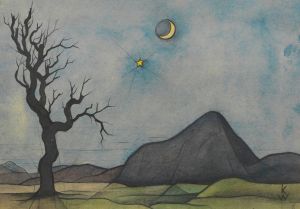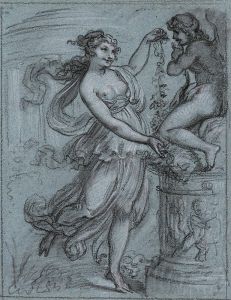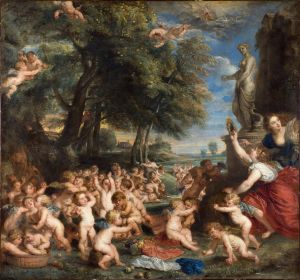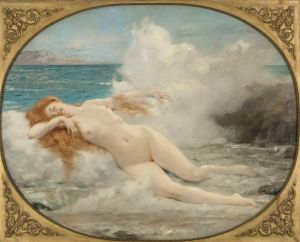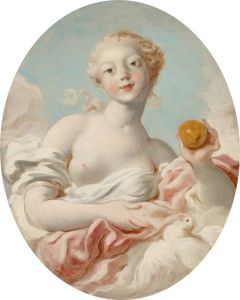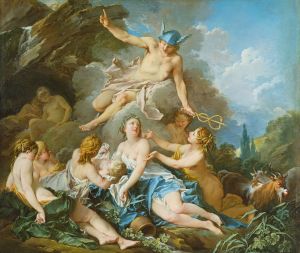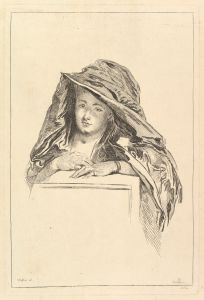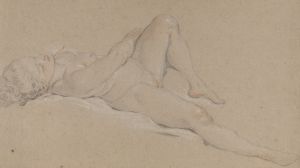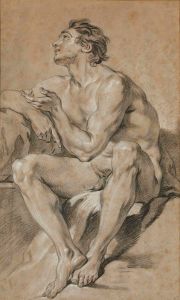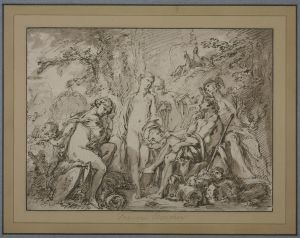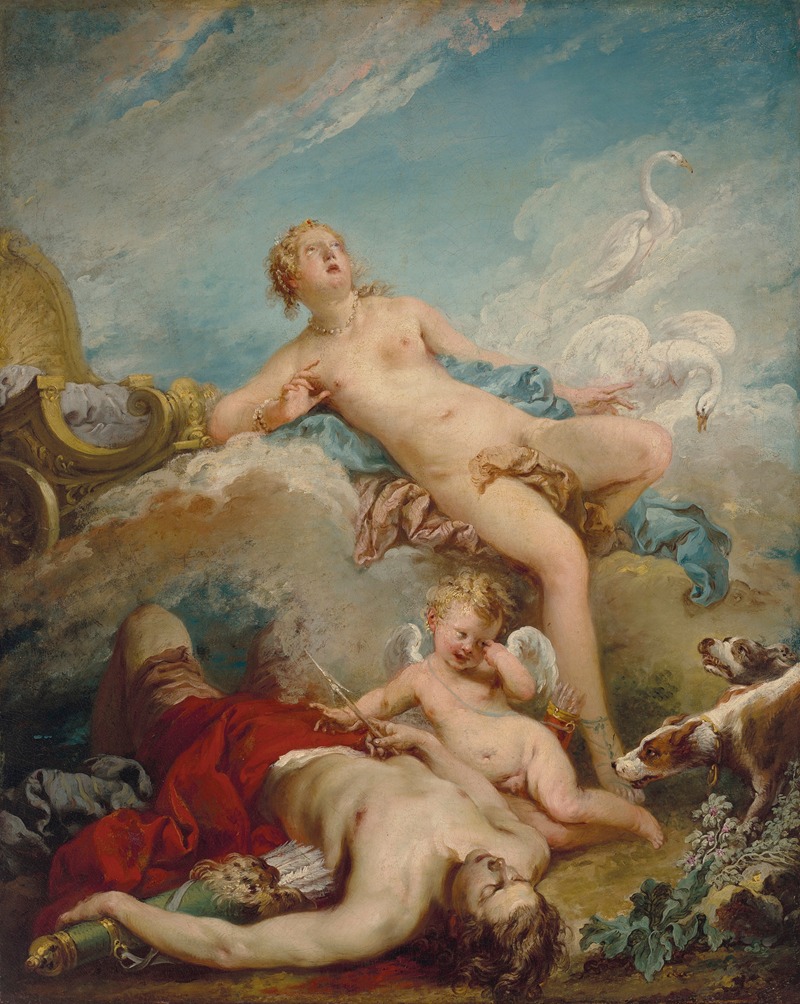
Venus discovering the dead Adonis
A hand-painted replica of François Boucher’s masterpiece Venus discovering the dead Adonis, meticulously crafted by professional artists to capture the true essence of the original. Each piece is created with museum-quality canvas and rare mineral pigments, carefully painted by experienced artists with delicate brushstrokes and rich, layered colors to perfectly recreate the texture of the original artwork. Unlike machine-printed reproductions, this hand-painted version brings the painting to life, infused with the artist’s emotions and skill in every stroke. Whether for personal collection or home decoration, it instantly elevates the artistic atmosphere of any space.
François Boucher, a prominent French painter of the Rococo period, is renowned for his idyllic and voluptuous paintings that often depict classical themes. One of his notable works is "Venus Discovering the Dead Adonis," which captures a poignant moment from classical mythology. This painting exemplifies Boucher's mastery in rendering mythological subjects with a blend of sensuality and emotional depth.
The painting illustrates the tragic tale of Venus, the Roman goddess of love, and Adonis, a handsome mortal youth. According to mythology, Adonis was a beloved of Venus, and his untimely death was a source of great sorrow for her. The narrative is rooted in ancient mythology, where Adonis is killed by a wild boar during a hunt, a story that symbolizes the themes of love and loss. Boucher's interpretation of this mythological event is both dramatic and tender, capturing the moment Venus discovers the lifeless body of Adonis.
In "Venus Discovering the Dead Adonis," Boucher employs his characteristic Rococo style, which is evident in the soft, pastel color palette and the delicate, flowing lines. The composition is carefully arranged to highlight the emotional intensity of the scene. Venus is depicted with a sense of grace and beauty, her expression a mix of shock and grief as she gazes upon Adonis. The body of Adonis is rendered with a lifelike quality, emphasizing his youthful beauty even in death.
Boucher's attention to detail is apparent in the lush landscape that surrounds the figures, a typical feature of Rococo art that adds to the overall aesthetic appeal of the painting. The use of light and shadow enhances the three-dimensionality of the figures, creating a sense of depth and realism. This painting not only showcases Boucher's technical skill but also his ability to convey complex emotions through his art.
The work reflects the Rococo era's fascination with classical mythology, as well as its emphasis on beauty, emotion, and sensuality. Boucher, who was a favorite of Madame de Pompadour, the chief mistress of King Louis XV, often received commissions for works that celebrated these themes. His paintings were highly sought after by the French aristocracy, who appreciated the elegance and refinement of his style.
"Venus Discovering the Dead Adonis" is a testament to Boucher's enduring legacy as a master of Rococo art. His ability to blend mythological storytelling with exquisite artistry has ensured that his works remain celebrated in art history. This painting, like many of Boucher's works, is housed in various collections and continues to be admired for its beauty and emotional resonance. Through this piece, Boucher invites viewers to reflect on the timeless themes of love, loss, and the fleeting nature of life, encapsulated in the tragic story of Venus and Adonis.





